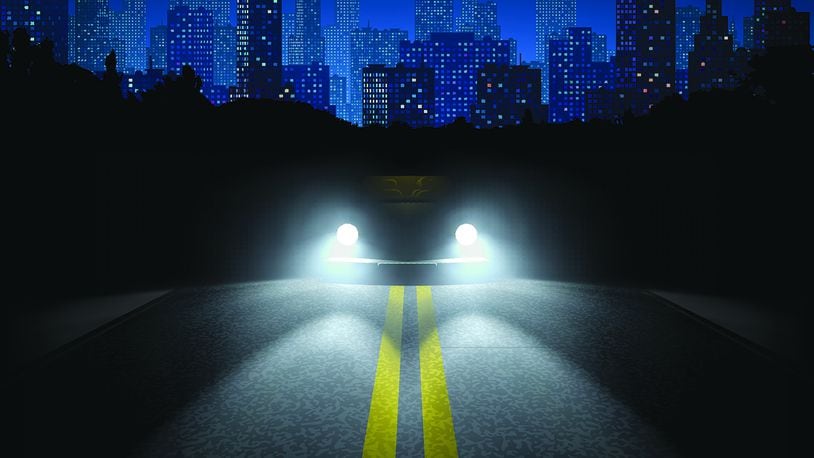The National Highway Traffic Safety Administration says that accidents happen in greater frequency at night, when the passenger vehicle occupant fatality rate is around three times higher than the daytime rate. That’s despite the fact that there are far fewer cars on the road at night than during the daytime.
Reduced visibility and drowsiness behind the wheel after the sun goes down may cause many people to avoid driving at night. But driving at night isn’t always avoidable, especially during the months when the sun sets early. When forced to drive at night, drivers can follow these tips to make it safer and easier.
- Get enough rest. Skip the road trip if you are feeling tired or if you have taken medication that can cause drowsiness.
- Improve headlight visibility. Make sure headlights are in good working order and that the plastic covering on the headlights is not cloudy, which can adversely affect light output. The angle of the lamp also is a factor. Some headlights may need a periodic angle adjustment.
- Stick to multi-lane roadways. Today’s vehicles are typically equipped with LED lights rather than halogen or incandescent bulbs. A study in the SAE International Journal of Passenger Cars found that these LED lamps were “generally perceived to be brighter than a standard incandescent lamp.” Although these lamps may help drivers see in front of them while driving, oncoming drivers often claim they are blinded. Oncoming lights can be particularly intense on a two-lane road. On a multi-lane road, you can put yourself at a distance from oncoming cars if you stick to an outer lane.
- Clean your windshield. A dirty windshield can cause additional glare and also make it challenging to see the road.
- Slow down and watch the shoulder. It can be difficult to see pedestrians and animals at night. Deer often are struck at dusk or overnight, particularly between the months of October and January.
- Get an eye exam. Age-related vision changes can compromise vision and perception of glare. Speak with an eye professional about which coatings can be applied to glasses to help with glare and if any tweaks to prescriptions need to be made.
About the Author
